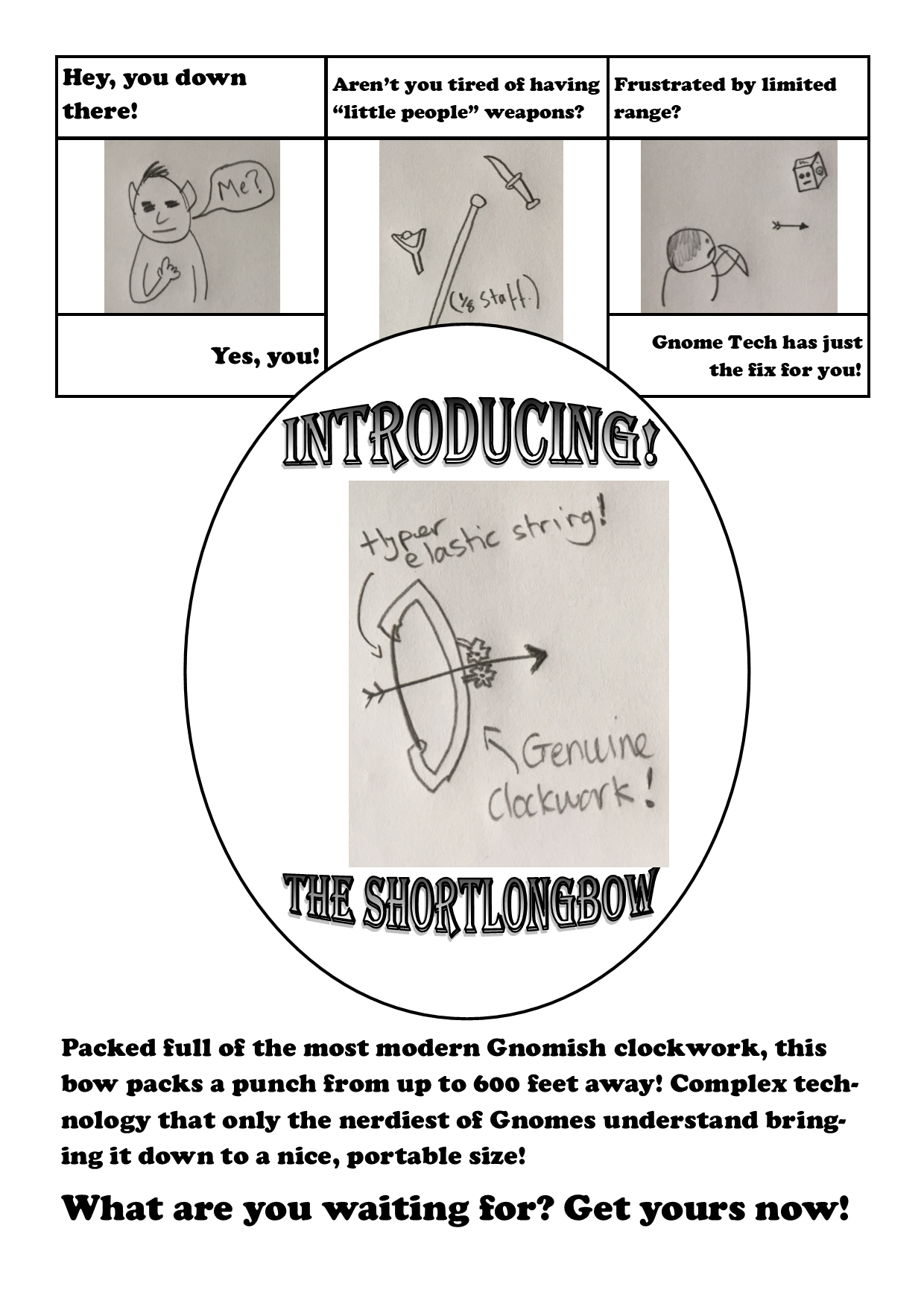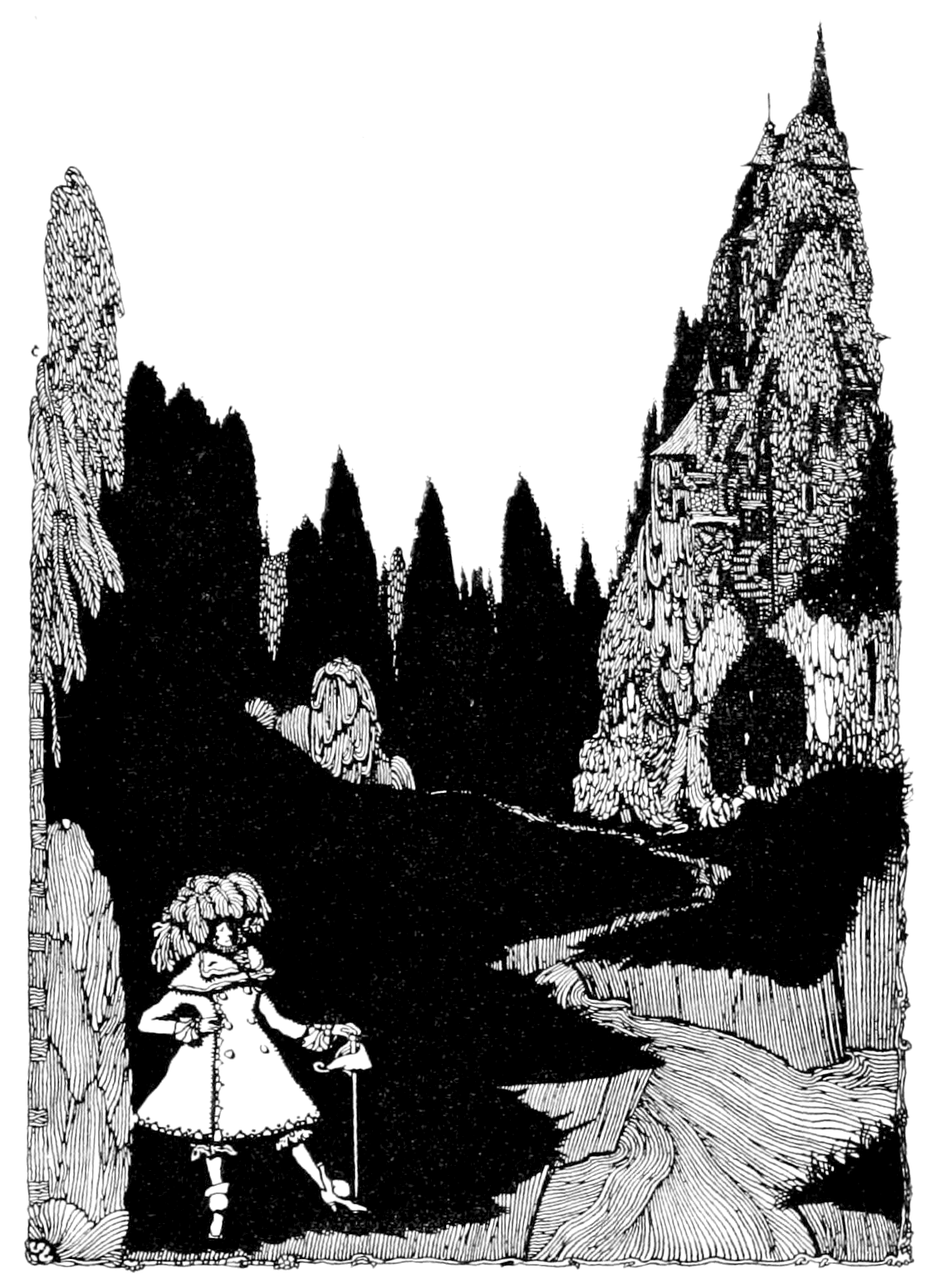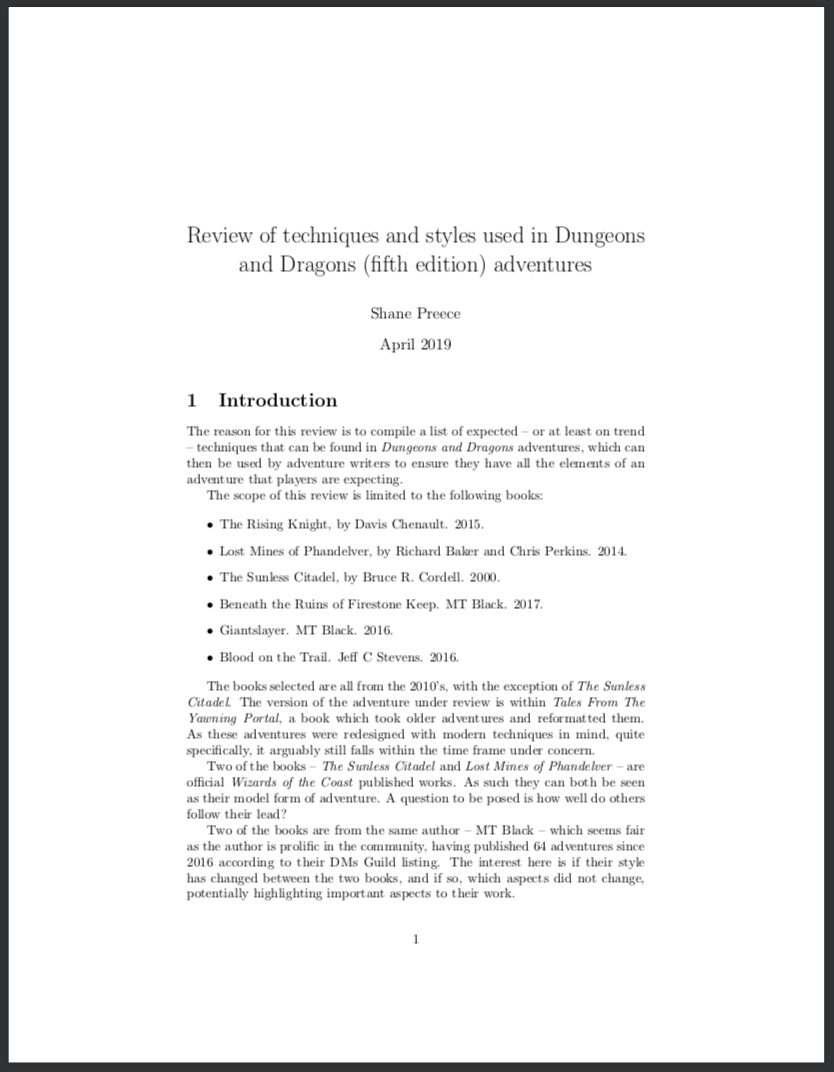A review with spoilers, for DMs.
The Long Night of the Sidhe is an adventure with strong Irish ties that leads players through decades of torment trying to rescue the world from the Sidhe’s everlasting night. In order to figure out what’s going on and eventually free the world from darkness, players need to dive deep into the time-warped realm of the Sidhe (which aligns well with the feywild, if you wanted to play it like that).
I was a player in this adventure during Cork RPG Con, it took about twelve hours to run through and fit perfectly into the time slots we had. Due to it being an adventure for the con, it was the DM’s job to keep us moving at constant pace which affected the game for me in both good and bad ways.
The bad was that it meant the adventure had to be set along a railroads, with not a great deal of interaction with the world. There’s the constant force of being pushed forwards and little opportunity to go investigate elsewhere. Going backwards through environments isn’t possible, due to the nature of literally falling deeper into the feywild. This could very much be down to how this run of the game played out, but there was little time for roleplay. (Although, I know this is how many players like it.) Interactions with other characters are often utilitarian; a conversation to push the story to the next stage.
To highlight this, there’s one stage in the story where a girl demands that she joins you. Her aim is to protect a village heirloom, rather than hand it over to you (where it could be perfectly safe in your bag of holding). No matter what you try to shake the girl, she’ll hang on, because she’s required for the story a little later. There was no reasoning with her in a way that felt purely for a simplified story.
This could be down to it being run at a con. I’m sure as the DM, with fewer time constraints, the rest of the world can be filled out and players allowed to wonder around it.
The huge upside of always heading forwards is that every scene can have something interesting in it. Less time for roleplay means a whole lot more time for combat, trials, and some rather cunning riddles that bluff and then double bluff players expectations.
Whilst there’s certainly a good deal of combat, there’s typically a twist along with it. In one of my favourite fights, we had to try and make our way across the steppingstones of a river. The water was moving quickly and going straight towards some painful looking rocks. So, of course when we’re all in single file with very little room for manoeuvring, that’s when we get attacked by a crazy Irish fairy-tale creature. Suddenly, cure wounds isn’t so much of a safety net when the unconscious body might falling into the rocks to take a death save failure, way out of reach. Melee only creatures need to be creative and rely on skills they’re not used to (or taunt the monster towards them). Whereas in other games, the challenge in a fight might come from the bad guy having multi-attack and hitting hard, here the challenge was mostly the environment. It required actual strategy that’s often lost in “I hit it with my greataxe”-style combat.
As an Englishman in an Irish story, I learnt a whole bunch of lore I’d never heard before. The monster from above was a dobhar-chu, a kind of dog-otter dude. The Sidhe was lost on me as well to start with, but you learn about them throughout the story. It made me realise how closeted my D&D is. I played just one game away from home and learnt so many interesting bits of fantasy I can steal – I wonder what I’m missing by never having played D&D in Africa or Asia.
The author of the adventure is Mike O’Regan, who’s a good friend of mine. There are two things you can count on in an O’Regan adventure: 1) there’ll be a cool riddle or trap, 2) you’re probably not going to make it out alive. This adventure lives up to both of those expectations without being cheap. The trap is well designed and the ultimate deaths are tasteful in a way that none of the players with be upset about.
The trap-room in this adventure is wonderful. It’s great seeing people work it out because they do get excited by it. I would strongly suggest using a d20 rather than a d100 (like I expect is in the adventure) as it takes a good deal of time to work out the formula, and so some players tap out and leave it to the more studious of the group to figure it out for them. Fortunately, both times I’ve done this riddle-trap-room there’s been a nerdier mathematician around. The lower dice means it can be done on paper easier. This is a fun adventure to be a player in, and it seemed like our DM was having fun running it. I don’t think there’s a great deal of re-playability in it (but there rarely is with most adventures that are telling a story), but it’s definitely something that should be played once.



